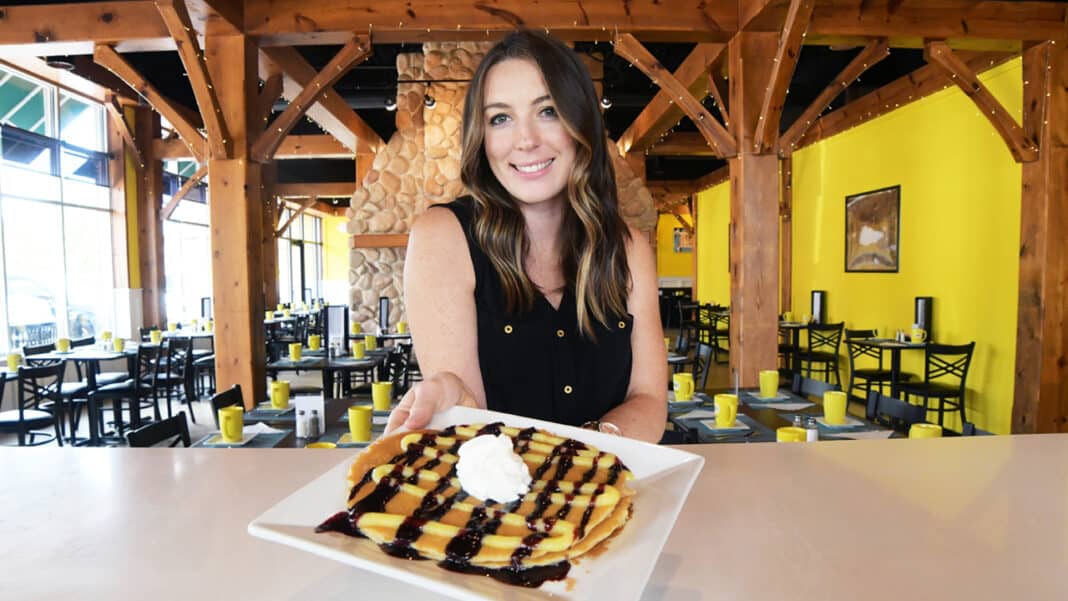Wisconsin Gov. Tony Evers’ most recent move aimed at quelling the spread of COVID-19 across the state has sparked concern from restaurant owners who warn that smaller capacity will severely hurt business during an already challenging time for the industry.
However, restaurants located in the city of Milwaukee, which has imposed its own set of pandemic restrictions on businesses since May, won’t have to adjust to the new statewide order.
The state order, in effect Oct. 8 through Nov. 6, limits public gatherings to no more than 25% of a building’s total occupancy at any publicly accessible gathering area, such as stores, ticketed events, and bars and restaurants. The order doesn’t include outdoor areas, such as park shelters, outdoor dining areas and playgrounds.
The Evers order supersedes any local mandates that are “less stringent.”
In a news release late Wednesday, the City of Milwaukee Health Department said it will continue to enforce its own Moving Milwaukee Forward Safely Order “as written.” After reviewing the city’s and the state’s orders, Milwaukee DHS determined that its local order was more restrictive than the state’s.
Under that order’s current phase, all restaurants and bars are required to submit a “strenuous 80 point COVID checklist” to continue on-premise service at any capacity, and for some, depending on the business and safety plan, with no capacity limits at all. The checklist requires businesses to implement hygiene, cleaning, and protective measures, including proper social distancing and face masks. As of Oct. 2, the city had received 850 plans and had approved 318.
During Milwaukee County’s weekly COVID-19 briefing Thursday afternoon, Milwaukee Mayor Tom Barrett said establishments that have not submitted their safety plan to the city will be subject to the state-mandated 25% capacity limit. He said the city will continue to work with the governor’s office and the state to use measures that are “most effective” at curbing the spread of the virus.
Prior to the requirement, bars and restaurants were required to limit indoor capacity to 50%. Many have chosen to maintain capacity limit to keep patrons and employees safe, but any decrease in tables is a challenge for full-service restaurants with revenue models that depend on bringing diners through the door.
“Even though the Moving Milwaukee Forward Safely Order permits a larger threshold of individuals in certain places than Emergency Order #3 allows, the additional restrictions listed under the local order do more to prevent COVID-19 transmission than Governor Evers’ Emergency Order #3,” the city said in the release.
In an email statement, Gov. Evers said he’s “concerned” about Milwaukee’s announcement and how the decision to shirk the state order could affect the city and the state’s health care systems, especially with a rise in hospitalizations in parts of the state.
“We are going to continue supporting our businesses, but at the end of the day we need everyone to do their part to help keep people safe, flatten the curve, and prevent the spread of COVID-19,” said Evers.
He said the state will continue working with the city on its COVID-19 response.
At least one local restauranteur wasn’t phased when the statewide order was issued. Morgan Schnabl, founder and owner of Brunch Milwaukee, which has locations in downtown Milwaukee and Brookfield, said both restaurant locations were already operating at 25% indoor capacity due to physical distance requirements.
“Part of our COVID plan is keeping people six feet apart… by having the tables six feet apart, we’re at a 25% capacity anyway,” she said. “That’s how many seats we can fit.”
The City of Milwaukee approved the business’ safety plan in August. Schnabl said Brunch’s Brookfield location follows the same protocol as its Milwaukee location even though it wasn’t required to do so by Brookfield’s local government.
She considers herself lucky– both Brunch locations are large spaces. Downtown has two floors and Brookfield has expansive outdoor seating that has allowed Brunch to double its total capacity this summer while the weather has been nice.
“(Outdoor seating) was a huge game-changer for us this year,” she said. “Once it starts getting colder, you’re going to see a lot of restaurants struggling.”
In an interview with BizTimes Milwaukee Wednesday, prior to the City of Milwaukee’s announcement, Sandroni said it would be “very difficult” to operate under the state order, which would limit its total head count to 36 people, including employees. La Merenda had gotten its safety plan approved by the city in August, and has worked hard to comply and operate safely.
“We don’t want to risk the health of anybody…” she said. “We want to provide an environment that everyone feels safe and comfortable… that’s why it’s hard to be under the 25% (order) when we are following all of the rules, and more.”


